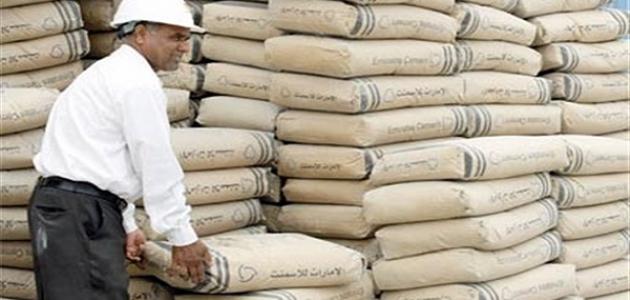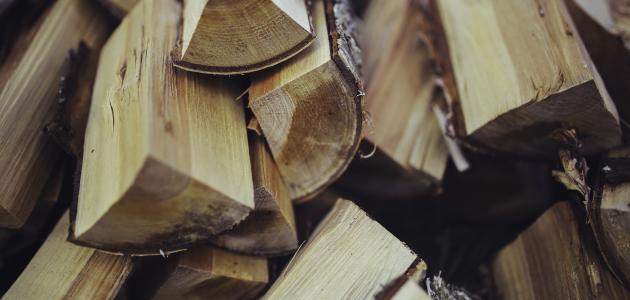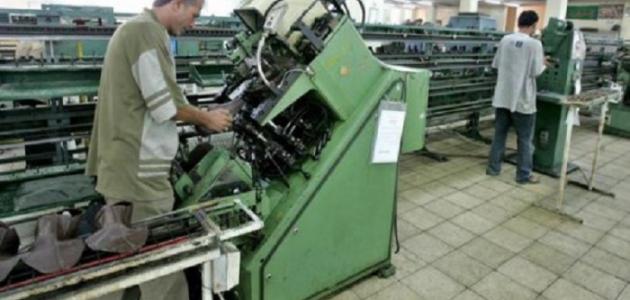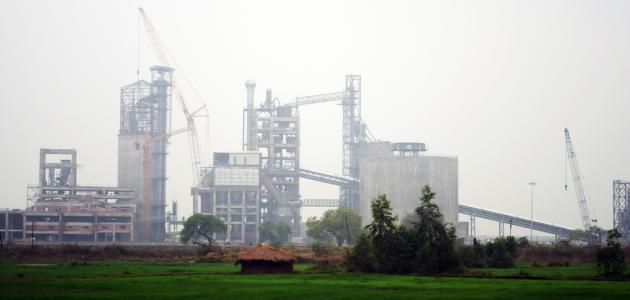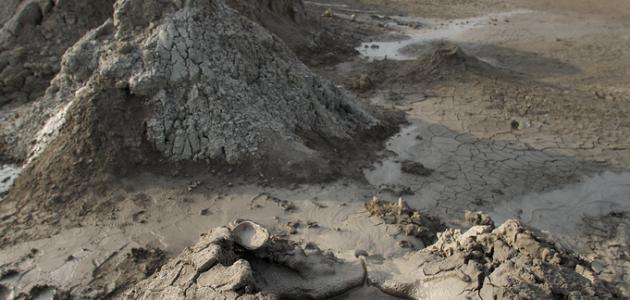cement
Cement is a soft binder that has cohesive and adhesion properties, provided that water is available, which makes it able to bind the concrete components together. The most important uses of cement (concrete and mortar), as it binds natural and industrial materials to form strong materials used in construction and resistant to normal environmental influences. There is a difference between cement and concrete. Cement refers to a dry powder used to bind materials used in concrete. There are two types of cement: water-based cement and non-water cement.
Cement industry
The cement industry is considered one of the strategic industries, and its industry depends on the availability of raw materials, and it contains in its composition two basic materials, which are clay and lime. 1430 degrees Celsius, and this produces a substance called (clinker), to which other materials are added, and it is placed once again in the grinding machine, after which we get cement, after which it is packed in special bags.
Cement composition
Cement as a raw material consists of two main materials, clay and limestone, and two new materials added according to the nature of each facility or factory, which are sand and iron, and these materials are named in the laboratory to correct the proportions to be reached, and we find that sometimes stone and clay come with a high percentage From sand, then there is no need to add sand. This is the composition of cement in terms of raw materials. As for the chemical aspect, cement consists of four oxides: SiO2, Al2O3, CaO, Fe2O3.
Read also:Stages of paper makingWhen grinding raw materials, no chemical reactions occur in them, but the grinding process comes to increase the surface area of the granules, so that they are ready to enter into chemical reactions, in order to expose all the granules to these interactions. The percentages of raw materials in grinding are around 75% stone, 20% clay, 3% sand, 2% iron, and these percentages vary according to the analyzes and results, where three factors are taken into account in these percentages, namely: silica coefficient, lime saturation coefficient, alumina coefficient Each factor has its significance and importance from the operational point of view, in addition to the quality of the product.
Cement industry method
- When the raw material leaves the mill, it is entered into a silo for storage, and its significance is stirred.
- After that, the stage of the chemical reaction begins, and this is done in a huge building called the tower, which is two huge tanks, one of which has a flame, and they are connected to each other.
- The raw materials are entered into the kiln, and this kiln is a huge cylinder slightly inclined, rotating around itself, and at the end of this cylinder is a huge flame, where the four oxides unite inside the kiln forming what is called the clinker phases, which are raw materials in the cement industry, and it can be exported Clinker or its inclusion in the second stage of cement formation.
- Cement is manufactured in three ways, after which the best and optimal chemical compound for cement is found, and these methods are:
wet method
In it, raw materials are selected and mixed with water. This method depends on crushing and mixing the materials, grinding them, heating them, and then placing them in the cooler, after which the final grinding takes place and packing them in bags.
Read also:Glass industrydry method
This method began to spread, gradually replacing the wet method, due to its energy saving, accuracy in the process of controlling and mixing raw materials without the need to add water. Final milling and packaging.
Read also:Benefits of laurel soap for hairsemi-dry method
It is a special case of the dry process, in which the furnace equipped with a column is used, and the crushed raw materials are formed in the dry process in the form of granules, to which water is added at a rate of 13%.
